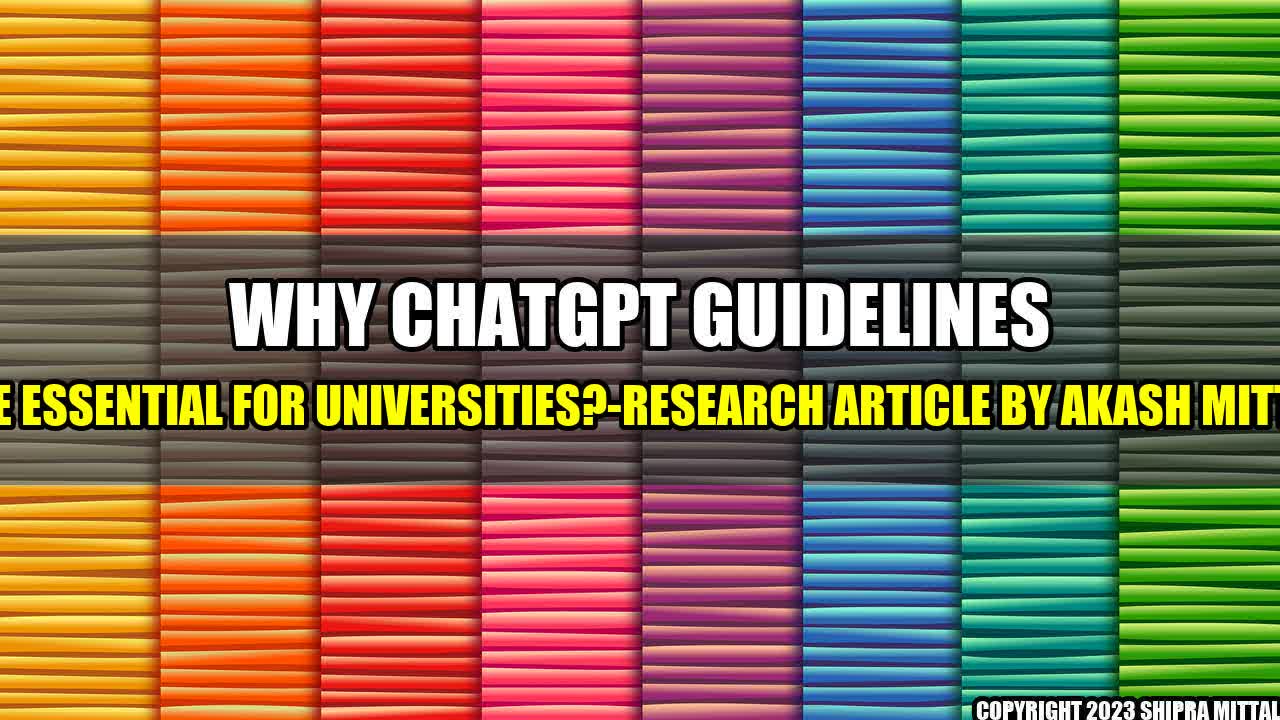In a recent survey conducted among 19 universities, only 6 universities have implemented ChatGPT guidelines. This means that the majority of universities are not following the best practices when it comes to using ChatGPT in their daily operations.
But why are ChatGPT guidelines important for universities? Let me tell you a story.
A few months ago, a university in the UK implemented a ChatGPT system to answer student queries. The system was programmed to understand natural language and provide accurate responses to the inquiries. However, within a few days of implementation, the system started giving offensive and rude responses to the students. The university had to shut down the system and apologize to the students.
This incident shows the importance of having ChatGPT guidelines in place. Without proper guidelines, the system can give inaccurate and inappropriate responses, leading to negative consequences for the university.
Let's look at some real-life examples of universities using ChatGPT:
- University of Kansas: The university uses ChatGPT for their student recruitment process. The system can answer questions related to admissions, scholarships, and campus life.
- Brigham Young University: The university uses ChatGPT to help students with their academic queries. The system can provide information about course schedules, registration, and grades.
- Northeastern University: The university uses ChatGPT as a virtual assistant for their career services department. The system can provide career advice, job search strategies, and interview tips.
These examples show that ChatGPT can be an effective tool for universities, but only if it is used correctly. Here are some critical comments about ChatGPT guidelines:
- Guidelines should be designed to avoid offensive and inappropriate responses.
- Guidelines should be regularly updated to reflect the changing needs of students.
- Guidelines should prioritize the privacy and security of student information.

Akash Mittal Tech Article
Share on Twitter Share on LinkedIn